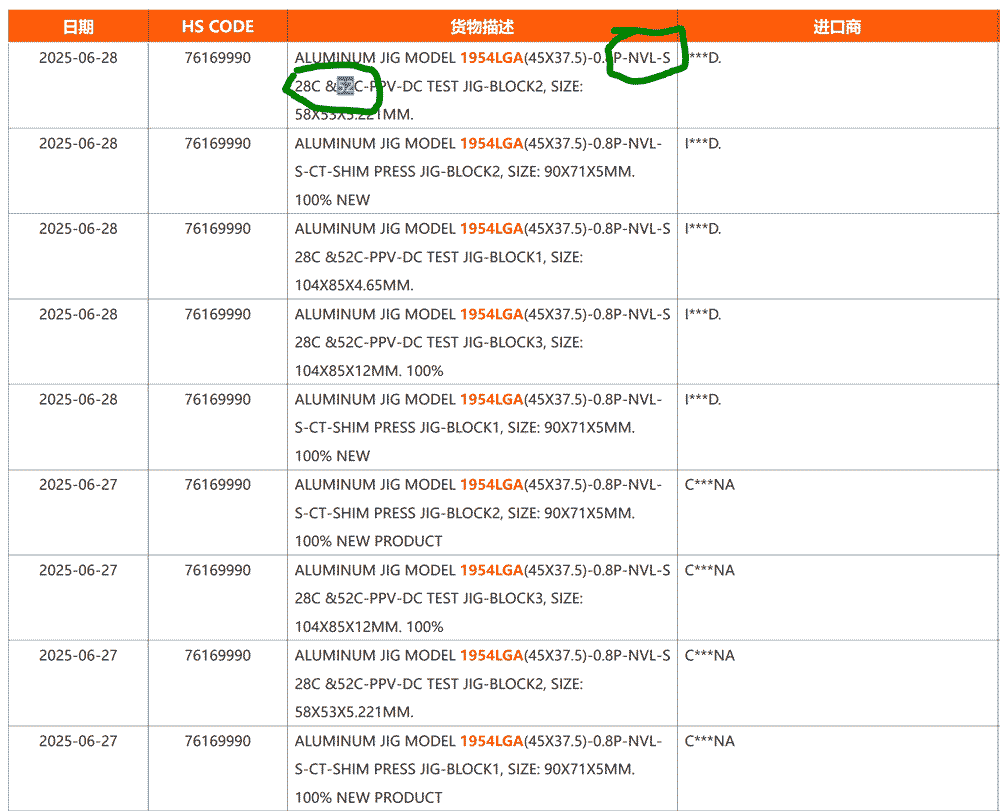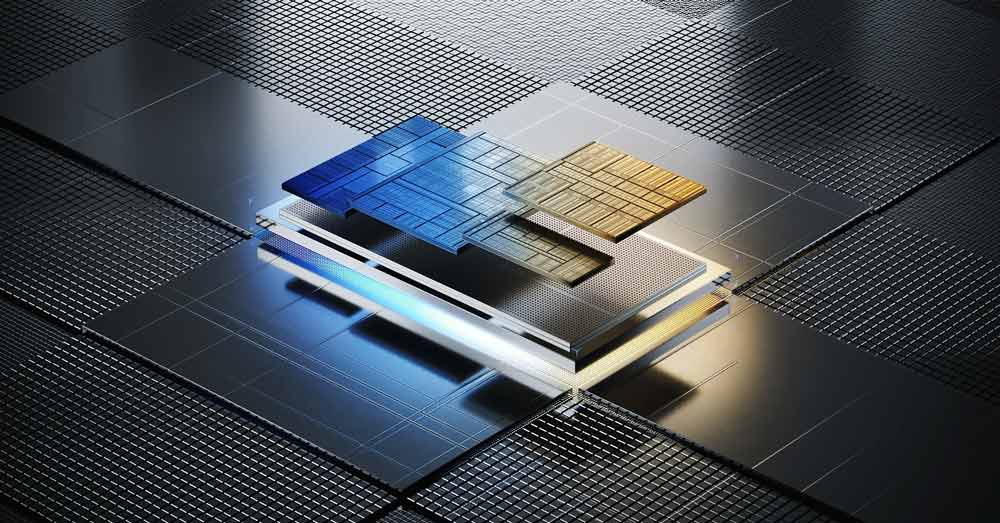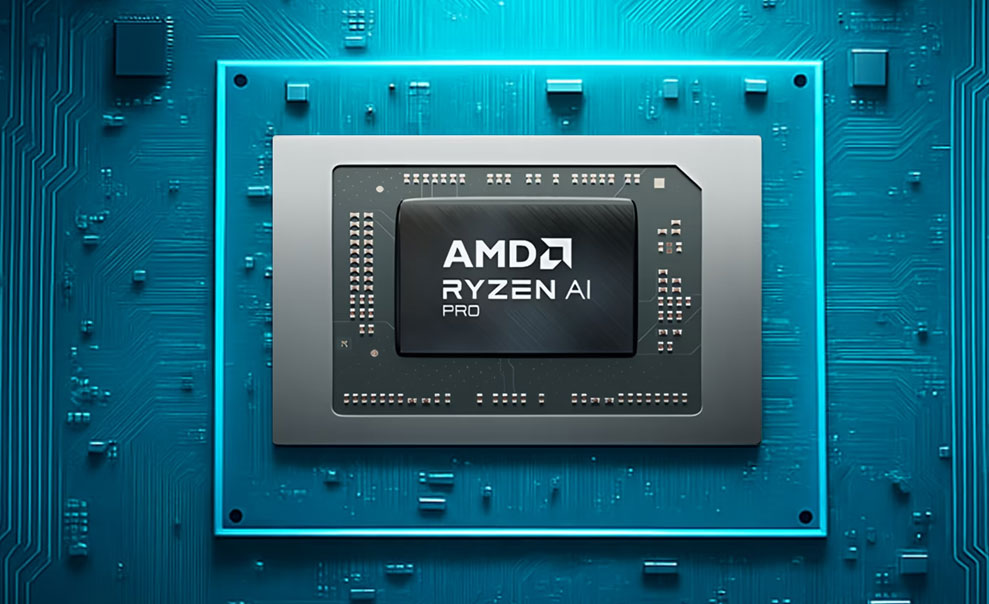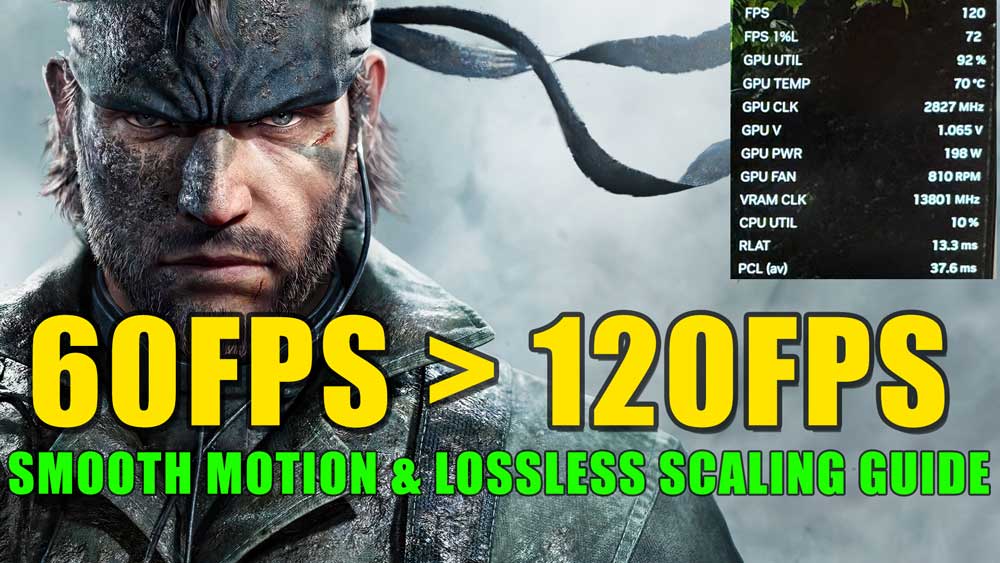Intel’s next generation Nova Lake processors will be absolute behemoths, with a 52 core flagship SKU rumored for almost a year now, and finally we have ‘confirmation’ of sorts that Intel is readying its release with shipping manifests.
One would assume Intel would name Nova Lake their Ultra 400 series of processors, because current Arrow Lake is 200 series (eg, Ultra 9 285K), we saw confirmation yesterday of an Intel Ultra 7 365K (see below for more info); and while it’s possible Intel could change their naming scheme, it’s not likely.
For those unaware of the rumors surrounding the processors Nova Lake will be on the 1954 LGA socket (so yes, Arrow Lake owners will have to change their board), and sport Arctic Wolf for its E cores and Coyote Cove for performance. This will be a 16 P and 32 E confirmation, and augmented with a further 4 LP cores. I’d first spoken about this in November of last year.
My sources at the time (I have embedded the old video as proof; though a few things have certainly changed such as cache configuration, which I’ll get to in a moment) had confirmed that Intel were working on significantly higher core counts for the next generation, and further to this – it seems that murmors of Intel doing this had actually changed much of AMD’s plans too. Original rumors of Zen 6 desktop pointed to 16 cores total (8 core CCDs), but this has since given way to 12 core CCD configurations (24 cores total).
Of course, whether or not these were AMD’s plans all along it’s hard to know, but at least one of my sources are ‘certain’ AMD changed plans due to multi-threading pressure from Intel’s Nova Lake.
As for Nova Lake; I had also leaked that Intel were planning 144MB bLLC back then on a single cache tile, but this either wasn’t the complete picture of things have changed. Intel’s current plan appears to be two cache tiles and the full 52 cores. This flagship Nova Lake SKU would be for the halo variants designed for content creators and professionals (as well as gamers). Gamers would have cache tiles options too, albeit it seems potentially with just the single cache tile.
The memory support is DDR5-8000MTs (for your information, that’s the same memory support as Medusa / Zen 6 for desktop too).

Regardless, now we have confirmation of the 52-core variant mentioned in shipping manifests. I do want to say, these are *NOT* engineering sample processors, as you can see it clearly states they’re Aluminum Jig Models – basically they’re to help Intel’s partners manufacture ‘stuff’ to work for the CPU (such as CPU coolers, motherboards or whatever).
Anyways – there’s a few take aways. Firstly the 52 and 28 core variants are both referenced here – providing evidence Intel are working on these processors. The new 1954LGA is reaffirmed with the provided dimensions of 45×37.5mm. In theory these dimensions are a match for Arrow Lake, and so that coolers compatible with Arrow Lake should work on the newer socket – though of course we need official confirmation.
The additional pins would likely be for PCIe lanes, power deliver etc.
It will be very interesting to see how Intel’s next generation parts compare against AMD; because the two approaches are so radically different for desktop. AMD’s Zen 6 cores will sport SMT, so 24 physical cores and 48 logical threads. Intel’s P cores no longer support SMT, but from my understanding the E cores are improved quite a bit this time around.
Nova Lake and Ryzen 10k (or whatever AMD ends up calling it) will launch in the second half of 2026. For those who want an Intel system this year, there appears to be the Intel 300 series Arrow Lake refresh coming; with benchmarks of the Ultra 7 365K popping up yesterday online.
Credit: Screenshot from NBD, thanks to John (on discord) who sent me the link.





